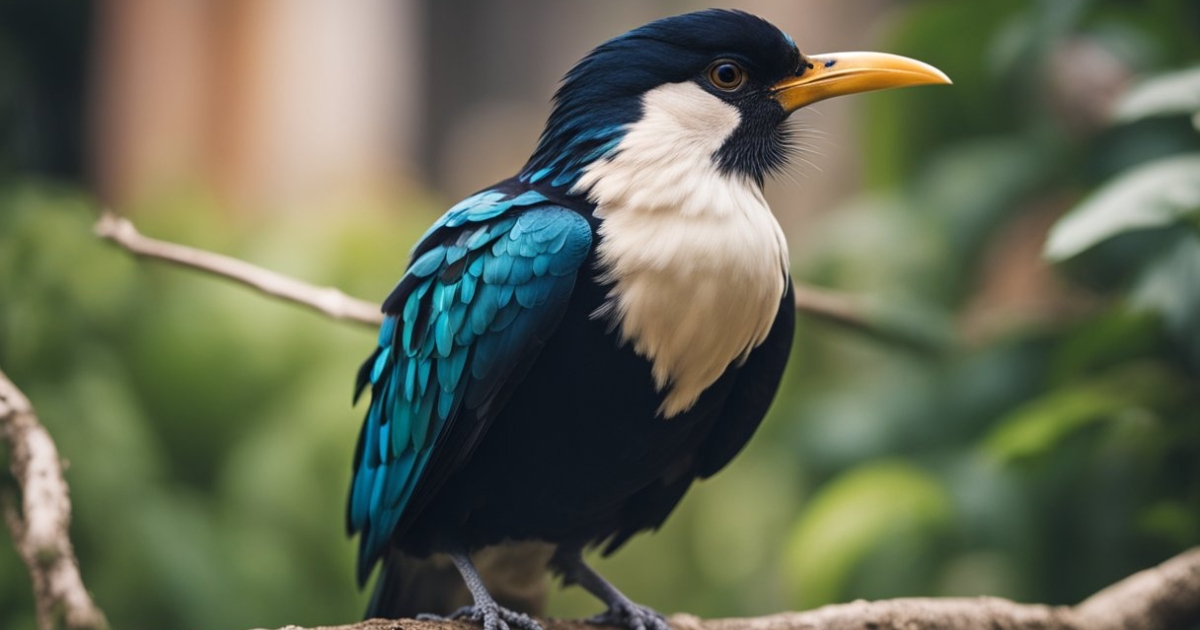When you hear the name “Hancock,” what comes to mind? Is it a type of bird, or perhaps something else entirely? The truth is, “Hancock” is often associated with various contexts, but in the realm of avian life, it refers to specific bird species and conservation efforts led by notable figures like David Hancock. In this article, we will explore whether Hancock is indeed a type of bird, delve into the characteristics of Hancock birds, and discuss the importance of conservation efforts surrounding them. So, is Hancock a type of bird? Let’s find out!
Understanding the Term “Hancock”
The Origin of the Name
The term “Hancock” can refer to various subjects, including names of places, people, and organizations. However, when it comes to birds, it is often linked to the Hancock Wildlife Foundation, an organization focused on the conservation of wildlife, particularly raptors like eagles. The foundation was established to promote public awareness and education about avian species and their habitats.
Common Misconceptions
Many people might mistakenly believe that “Hancock” refers to a specific bird species. In reality, it encompasses a broader context, including various birds of prey and the conservation efforts aimed at protecting them. Understanding this distinction is essential for anyone interested in wildlife conservation and avian studies.
Overview of Hancock Bird Species
Classification and Taxonomy
Hancock birds primarily refer to species studied and protected by the Hancock Wildlife Foundation. These include various raptors, such as the bald eagle and other birds of prey. The classification of these birds falls under the family Accipitridae, which encompasses a wide range of species known for their keen eyesight and hunting prowess.
Distribution and Habitat
Hancock birds are found across diverse habitats, including coastal areas, grasslands, and urban environments. Their adaptability to different ecosystems makes them a fascinating subject for research. The Hancock Wildlife Foundation emphasizes habitat preservation as a key strategy in conservation efforts, ensuring that these birds have the necessary environments to thrive.
The Behavior of Hancock Birds
Feeding Habits and Diet
The feeding habits of Hancock birds vary significantly among species. For instance, bald eagles primarily feed on fish, while other raptors may hunt small mammals or birds. Understanding their dietary preferences is crucial for conservationists, as it directly impacts their habitat needs and survival.
Nesting and Breeding Patterns
Nesting behaviors are another vital aspect of Hancock birds. Most raptors, including those studied by the Hancock Wildlife Foundation, exhibit specific nesting rituals. They often return to the same nest year after year, which can lead to increased competition for prime nesting sites. Conservation efforts focus on preserving these areas to support breeding populations.
Conservation Efforts Related to Hancock Birds
The Role of David Hancock and the Hancock Wildlife Foundation
David Hancock, a prominent wildlife conservationist, has played a pivotal role in advocating for the protection of raptors. His foundation has initiated numerous programs aimed at educating the public about the importance of avian conservation. Through live eagle cams and educational resources, the foundation fosters a deeper connection between people and wildlife.
Current Conservation Strategies
The conservation strategies employed by the Hancock Wildlife Foundation include habitat restoration, public engagement, and research initiatives. By utilizing tracking technologies like satellite telemetry, researchers can monitor migration patterns and behavior, providing invaluable data for conservation efforts. These strategies are crucial for understanding the impacts of environmental changes on bird populations.
The Impact of Climate Change on Hancock Birds
Migration Patterns and Seasonal Changes
Climate change significantly influences the migration patterns of Hancock birds. As temperatures rise and habitats shift, these birds may alter their traditional routes and nesting behaviors. Understanding these changes is essential for developing effective conservation strategies that account for the dynamic nature of ecosystems.
Urban Adaptation and Habitat Loss
Urban areas pose unique challenges for Hancock birds. As cities expand, natural habitats are lost, leading to increased competition for resources. However, some species have shown remarkable adaptability, finding ways to thrive in urban environments. Conservationists are exploring urban wildlife adaptation strategies to support these birds in changing landscapes.
Engaging the Public in Wildlife Conservation
The Importance of Bird Watching and Eco-Tourism
Bird watching and eco-tourism play a crucial role in raising awareness about wildlife conservation. By encouraging people to observe and appreciate Hancock birds in their natural habitats, organizations like the Hancock Wildlife Foundation promote a culture of conservation. This not only benefits the birds but also fosters a sense of community among bird enthusiasts.
Citizen Science and Public Awareness
Citizen science initiatives have gained momentum in recent years, allowing the public to contribute to wildlife research. By participating in bird observation and reporting sightings, individuals can help scientists gather valuable data on Hancock birds and their behaviors. This collaborative approach enhances public engagement and fosters a deeper understanding of conservation challenges.
People Also Read:
Conclusion
In conclusion, while “Hancock” may not refer to a specific type of bird, it represents a significant movement in wildlife conservation, particularly concerning raptors like the bald eagle. The Hancock Wildlife Foundation, led by David Hancock, plays a vital role in educating the public and protecting these magnificent birds. By understanding their behaviors, habitats, and the challenges they face, we can all contribute to the conservation of avian life.
FAQs
-
What types of birds are considered Hancock birds?
Hancock birds typically include various raptors, such as bald eagles and other birds of prey, studied and protected by the Hancock Wildlife Foundation.
-
How does climate change affect Hancock birds?
Climate change impacts migration patterns, nesting behaviors, and habitat availability for Hancock birds, necessitating adaptive conservation strategies.
-
What is the role of the Hancock Wildlife Foundation?
The Hancock Wildlife Foundation focuses on avian conservation, public education, and habitat preservation to support raptor populations.
-
How can I get involved in bird conservation efforts?
You can participate in bird watching, engage in citizen science projects, and support organizations like the Hancock Wildlife Foundation to contribute to conservation efforts.

